One at the beginning of the world of consoles and much more...! 💻

What are video games?
"Playing video games involves putting into action many of our abilities and skills, we need concentration, attention, control, and lots and lots of emotion."
(Gil, A. Vida, T. 2007:33-34)
At the moment, video games are the gateway for children and young people to ICTs. Through video games, children acquire skills and develop various abilities, the most important of which are familiarization with new technologies, their appreciation and mastery. For this reason, video games are nowadays a determining element for socialization in the world of new technologies.
It is important to emphasize the indisputable fact that video games are the gateway to the world of information and communication technologies. It is for this reason that we try to trace a history of video games, a history shared in first person by ourselves. For this reason we use the concept of impact to trace a new metaphor more suitable for this history of video games, defined by Gil and Vida (2007):
"The idea of the impact of the media and ICT, is a basic metaphor of the contemporary social imaginary, which we frequently use to think about our social life." (Gil, A. Vida, T. 2007:38).
The impact that video games have had on society in the last thirty years is a phenomenon that has not yet been studied in depth by social researchers. Especially the pressure generated by the idea that technologies impact" on people and society. We question this passive vision of the individual "impacted by another active one, the reading of our environment. We become meaning seekers who interpret our environment and who are able to "rewrite it by transferring the result of this reading to our daily lives. A freedom of the reader-player to re-signify the video game, that is, to produce a reading different from the expected one. An example of this change of metaphor from "impact" to "reading" in our society can be found in a song. Days before finishing writing this article, a song appeared where a rapper in a little more than three minutes traced a history of video games in a personal and intimate way. A sort of reading of his biography in relation to video games, which is quite similar, although with different objectives, to what we are going to deal with in the following pages.
It is also necessary to think of video games as tools of relationship and not of isolation. That is to say, the network of relationships, dialogues and emotions that can be fostered through these gaming practices, both in the family environment and in others. We play video games in spaces that can be public or private, at home or in a cybercafé, especially in various types of places and different ways of playing video games. "Sharing these spaces for video gamers, understanding these spaces as places for the socialization of knowledge among them and a place where to have the knowledge among them and a place where to have the opportunity to express real emotions in a virtual context.
Video games can be considered as a new form of artistic expression in recent decades, but as with contemporary artistic expressions, society is not yet able to assimilate them and "make them its own. The phenomenon of video games is incomprehensible to many; society seems almost incapable of giving it a meaning, as in contemporary art, which in turn does not find in traditional criticism the tool to analyze and structure an opinion, they simply limit themselves to describe how the work is composed. This is what happens with video games, most of the media are limited to consider the graphic aspect, or the video game adaptation of a Hollywood movie. In the same way as it is done in a movie, book or record review. But video games, like contemporary art, cannot fit into these traditional categories. Video games are a set of all these arts"; there is the graphic aspect, a story, a music, and above all, the ludic and gameplay aspect. For this reason, when asking a gamer what is the point of playing video games, the answer is invariably the same: nothing. This is because an adequate tool has not yet been found to categorize, define, structure and understand this new art. This could be due to the fact that the video game is a typically postmodern product, something tremendously subjective and objective at the same time, individual and collective at the same time.
Playing creates the non-existent, as for example, the very meaning of contemporary art, creating something that does not exist: "The game is symbolic, it allows the emergence of new meanings and resignifies the existing ones. In video games new monsters and new heroes are born and even their relationships can be novel" (Gil, A. Vida, T. 2007:10).
A review through the history
For quite some time it has been complicated to point out which was the first video game, mainly due to the multiple definitions that have been established, but it can be considered as the first video game Nought and crosses, also called OXO, developed by Alexander S. Douglas in 1952. The game was a computerized version of tic-tac-toe that ran on the EDSAC (computer of the time) and pitted a human player against a machine.
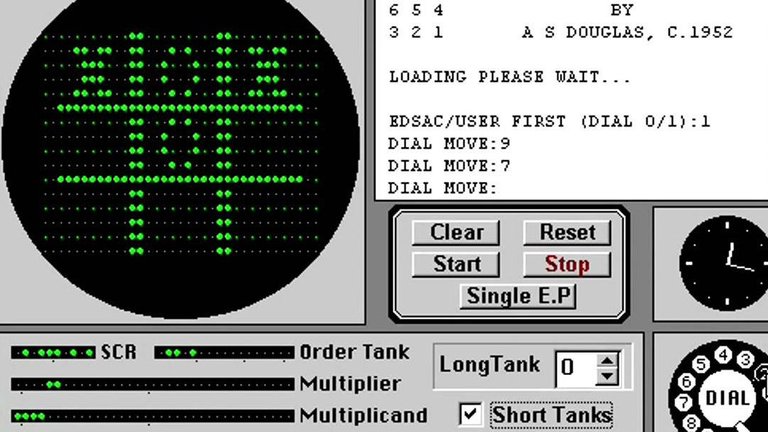
In 1958 William Higginbotham created, using a trajectory calculation program and an oscilloscope, Tennis for Two: a table tennis simulator for the entertainment of visitors to Brookhaven National Laboratory.
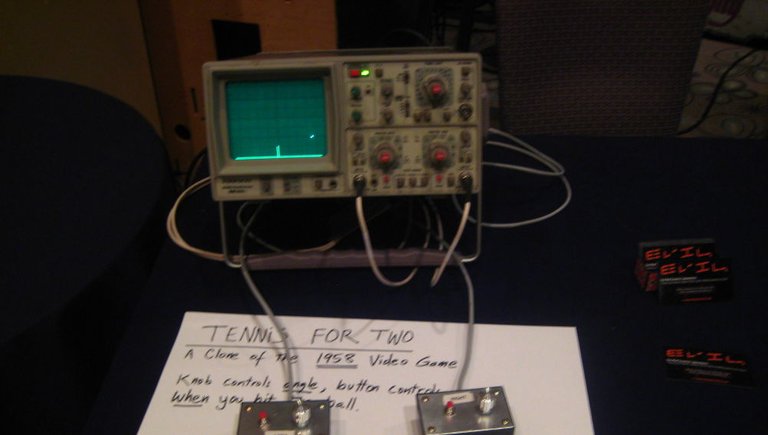
Four years later, Steve Russell, a student at the Massachusetts Institute of Technology, spent six months creating a computer game using vector graphics: Spacewar. In this game, two players controlled the direction and speed of two spacecraft fighting each other. The video game ran on a PDP-1 and was the first to have some success, though hardly known to the college crowd.

There is a controversy that places the appearance of this game in the hands of some students of the same MIT.
In 1966 Ralph Baer began to develop, together with Albert Maricon and Ted Dabney, a video game project called Fox and Hounds, giving birth to the home video game. This project would evolve into the Magnavox Odyssey, the first home video game system launched in 1972 that connected to the television and allowed playing various pre-recorded games.
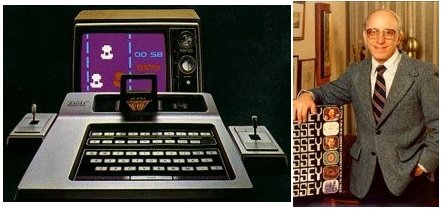
Magnavox Odyssey An important milestone in the beginning of video games took place in 1971 when Nolan Bushnell began marketing Computer Space, a version of Space War, in the United States, although he may have been preceded by Galaxy War, another arcade version of Space War that appeared in the early 1970s on the campus of Stanford University.
The rise of video games came with the Pong arcade machine, very similar to Tennis for Two but used in public places: bars, arcades, airports, etc. The system was designed by Al Alcorn for Nolan Bushnell at the newly founded Atari.
Space Invaders was introduced in 1972 and was the cornerstone of the video game industry. During the following years numerous technical advances were implemented in video games (highlighting microprocessors and memory chips), games such as Space Invaders (Taito) or Asteroids (Atari) and home systems such as the Atari 2600 appeared in arcades.
During the first years of the decade systems such as Oddyssey 2 (Phillips), Intellivision (Mattel), Colecovision (Coleco), Atari 5200 (Atari), Commodore 64 (Commodore). Turbografx (NEC)
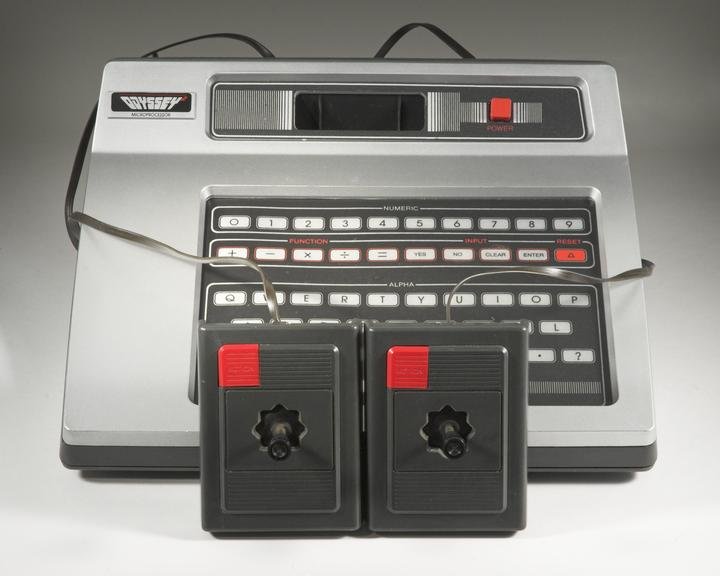
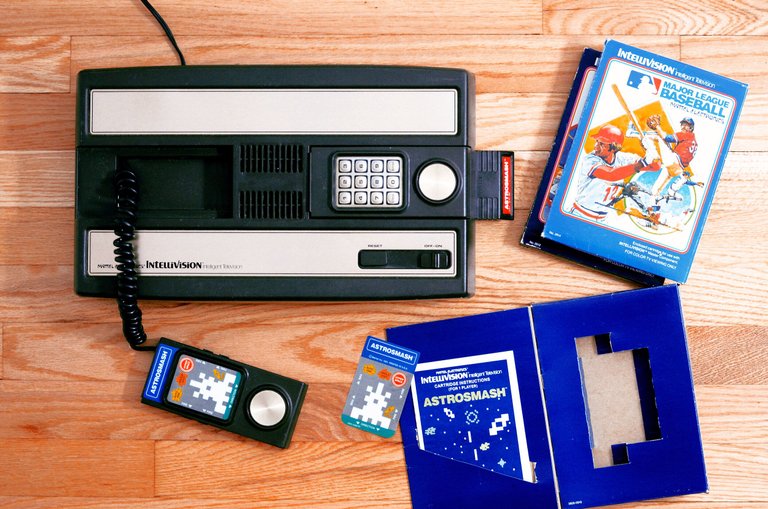
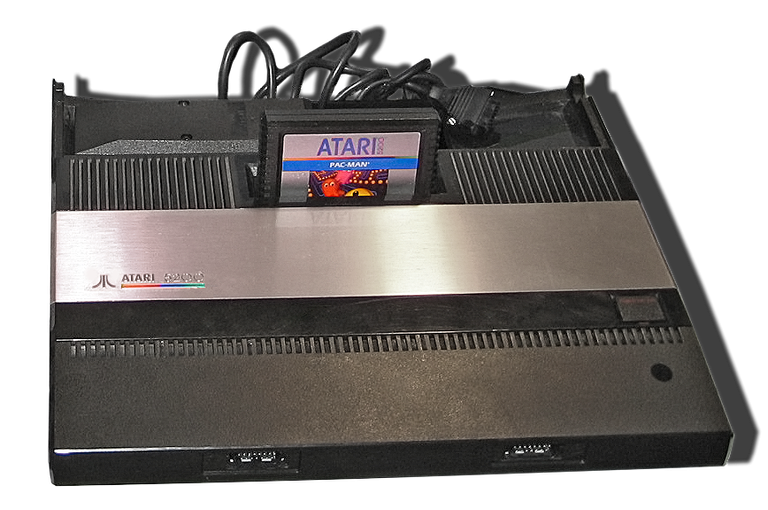
While these home systems were appearing, games such as Pacman (Namco), Battle Zone (Atari), Pole Position (Namco), Tron (Midway) or Zaxxon (Sega) triumphed in the arcade machines.
![OA7MOGJ43VVXSDWCDCGZZB2PRA.jpg]
 )
)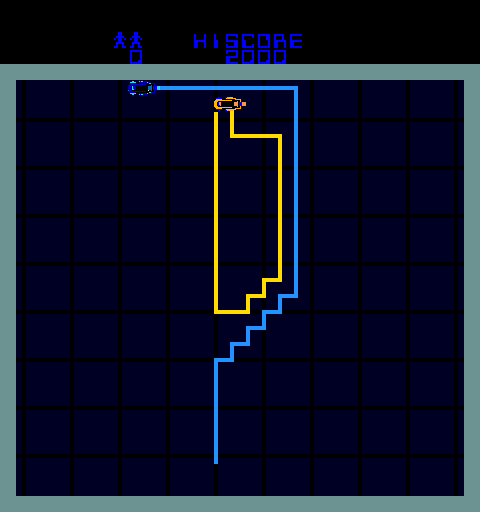
The business associated with this new industry reached great heights in a short time. However, in 1983, the so-called video game crisis began, which mainly affected the United States and Canada, and which would not come to an end until 1985.
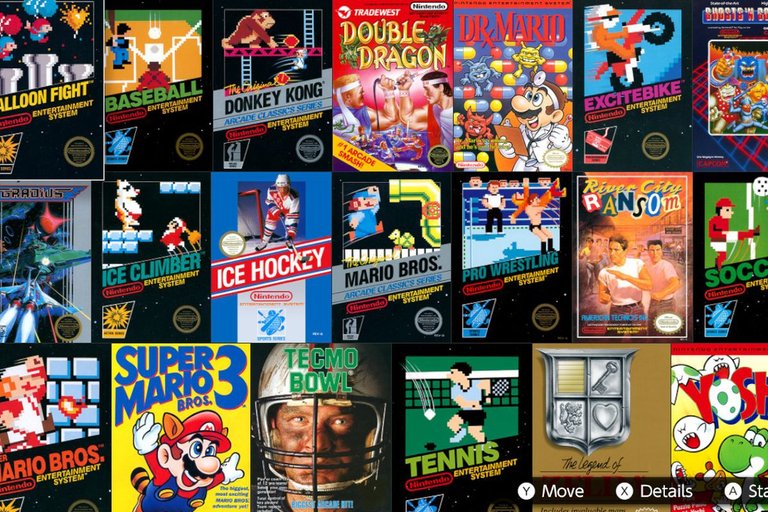
In the rest of the world there was a polarization within the video game systems. Japan bet on the world of home consoles with the success of the Famicom, a console launched by Nintendo in 1983 and known in the West as NES (Nintendo Entertainment System), while Europe opted for microcomputers such as the Commodore 64 or the Spectrum.
At the end of their particular crisis, the North Americans continued the path opened by the Japanese and adopted the NES as the main video game system. Throughout the decade, new domestic systems appeared, such as the Master System (Sega), the Amiga (Commodore) and the 7800 (Atari), which enjoyed different levels of popularity depending on the region, and games now considered classics such as Alexey Pajitnov's Tetris.
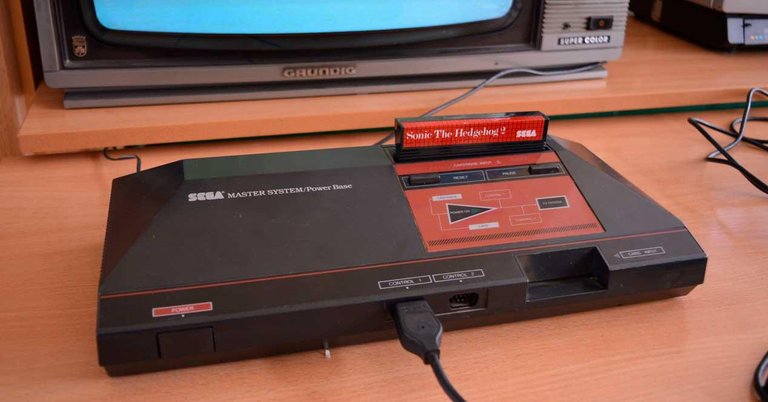
In the early 90's, video game consoles took an important technical leap thanks to the competition of the so-called "16-bit generation" composed of the Mega Drive, Nintendo's Super Famicom (whose name was changed in the West to Super Nintendo Entertainment System "SNES"), NEC's PC Engine, known as Turbografx in the West, and Capcom's CPS Changer.
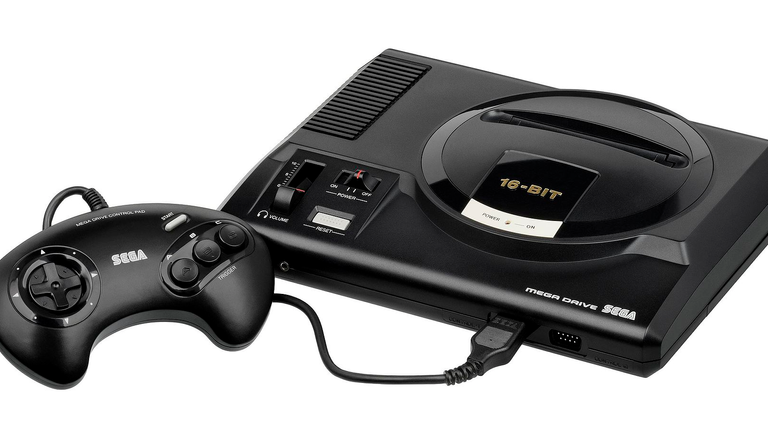
Along with them also appeared the Neo Geo (SNK) a console that matched the technical performance of an arcade but too expensive to reach homes on a massive scale. This generation meant an important increase in the number of players and the introduction of technologies such as CD-ROM, as well as an important evolution within the different genres of video games, mainly thanks to the new technical capabilities.
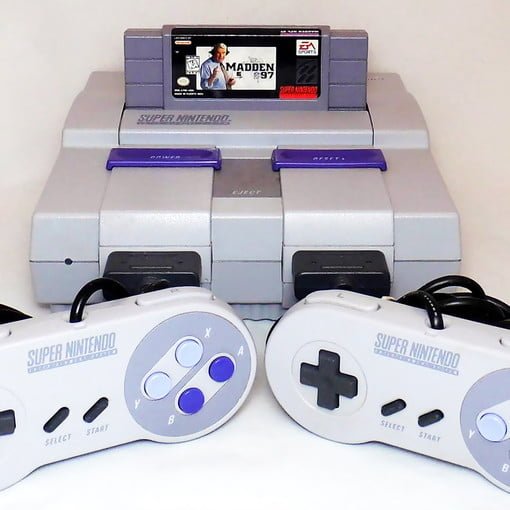
In the meantime several companies had started to work on video games with three-dimensional environments, mainly in the PC field, obtaining different results from the "2D and a half" of Doom, full 3D of 4D Boxing to the 3D on pre-rendered environments of Alone in the Dark.
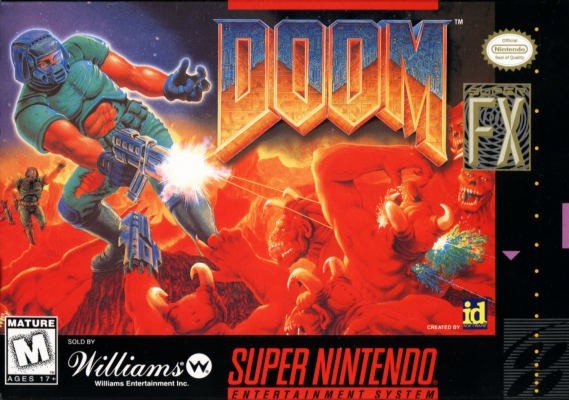
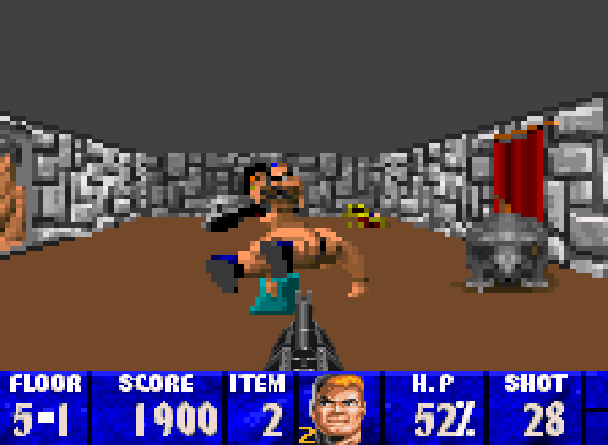
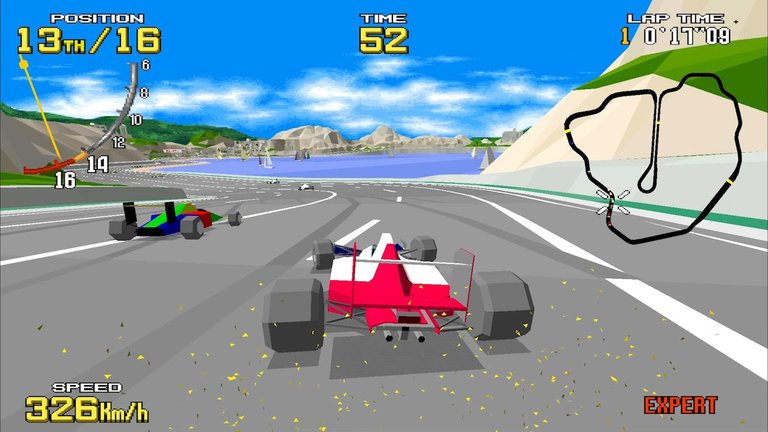
Referring to the already old 16-bit consoles, its greatest and last achievement would be produced in the SNES through the 3-D pre-rendered technology of SGI, being its maximum expression games like Donkey Kong Country and Killer Instinct. The first polygonal game on console also emerged, the SNES competition, Mega-Drive, launched Virtual Racing, which was a great success as it marked a before and after in 3D games on console.
Quickly 3D video games were occupying an important place in the market, mainly thanks to the so-called "32-bit generation" in video game consoles: Sony PlayStation, Sega Saturn (which had discreet results outside Japan); and the "64-bit generation" in video game consoles: Nintendo 64 and Atari Jaguar. As for PCs, 3D accelerators were created that allowed a great leap in the graphic capacity of games.
Sony's console appeared after a project started with Nintendo (called SNES PlayStation), which consisted of a peripheral for SNES with CD player. In the end Nintendo rejected Sony's proposal, since Sega had developed something similar without success, and Sony independently launched PlayStation.
Meanwhile, arcades began a slow but unstoppable decline as access to more powerful consoles and computers increased. To try to compensate for the flight of customers, arcade machine manufacturers bet on promoting specific hardware that could hardly be copied on a home system such as full-size cars (Virtual Racing (Sega), Ridge Racer (Namco) or dance floors (Dance Dance Revolution) among others.
On the other hand, the portable video game consoles, product of the new more powerful technologies, began their real boom, joining the Game Boy (Nintendo) machines like the Game Gear (Sega), the Lynx (Atari) or the Neo Geo Pocket (SNK), although none of them could face the popularity of the Game Boy, being this and its descendants (Game Boy Pocket, Game Boy Color, Game Boy Advance, Game Boy Advance SP, Game Boy Micro) the dominators of the market.
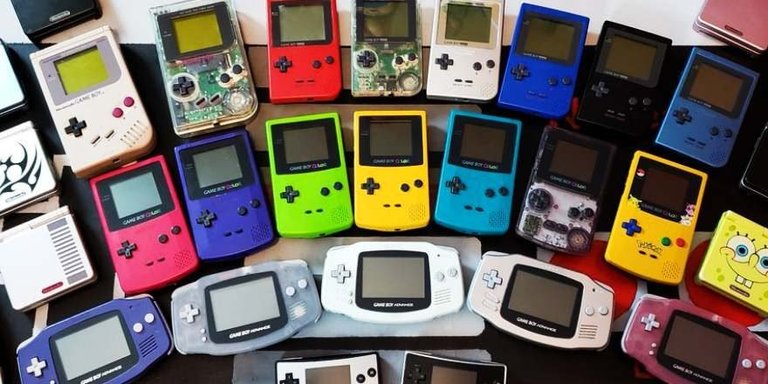
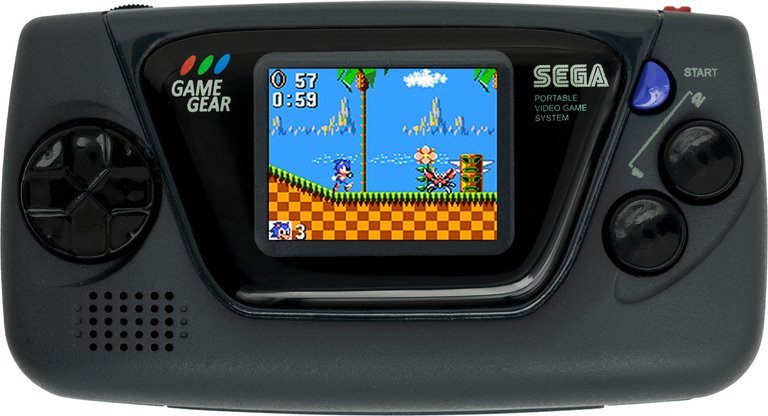
Nintendo has been the true dominator of the handheld market since its first portable console, Game Boy. The success of Nintendo's portable versions is due to the fact that it has always bet on the playability and technical capacity of its games.
Towards the end of the 90's the most popular console was the Playstation with titles such as Final Fantasy VII (Square), Resident Evil (Capcom), Gran Turismo (Polyphony Digital) and Metal Gear Solid (Polyphony Digital).
PCs and the development of FPS (First Person Shooters), RTS (Real Time Strategy), and MMORPGs (Multiplayer Online Role-Playing Games) Massive
On PC were very popular FPS like Quake (id Software). Unreal (Epic Megagames) or Half-Life (Valve) and RTS like Command & Conquer (Westwood) or Starcraft (Blizzard). In addition, the connections between computers through Internet facilitated the multiplayer game, making it the preferred option for many players, and were responsible for the birth of MMORPGs such as Ultima Online (Origin). Finally in 1998 appeared in Japan the Dreamcast (Sega), which would arrive in the West in 1999 and would start the "128 bits generation". COMMAND
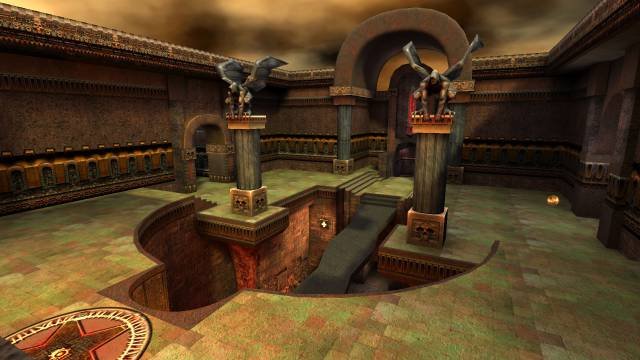
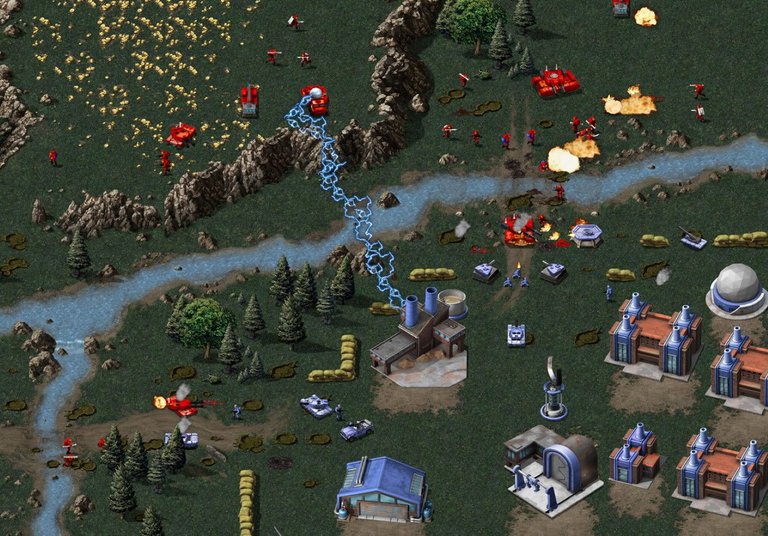
In 2000 Sony launched the long awaited PlayStation 2 and Sega launched another console with the same technical characteristics of the Dreamcast, with the difference that this one came with a 14-inch monitor, a keyboard, speakers, and the same controllers called Dreamcast Drivers 2000 Series CX-1. In 2001 Microsoft enters the console industry creating the Xbox.
Nintendo released the successor to the Nintendo 64, the Gamecube, and the first all-new Game Boy since the company's inception, the Game Boy Advance. Sega realized that it could not compete against Sony's new machine, and announced that it would stop developing the Dreamcast and would no longer produce hardware, becoming only a software developer in 2002.



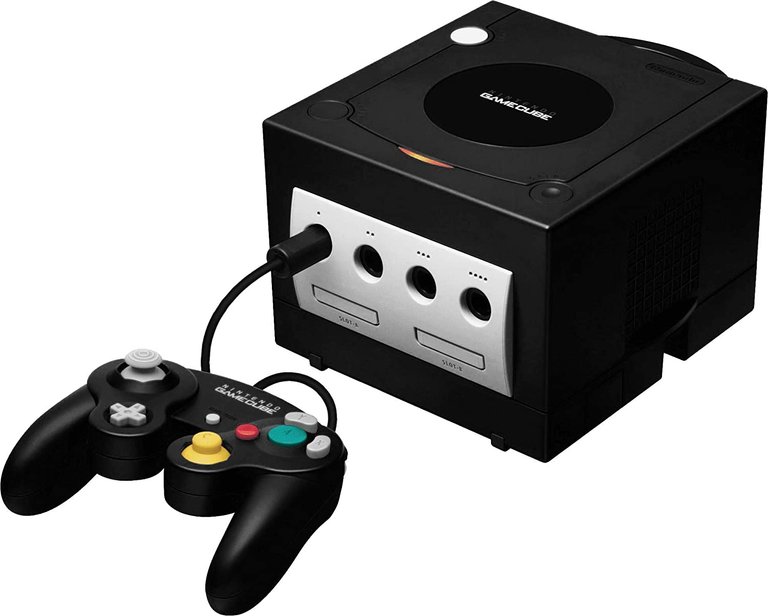
Two other new handheld consoles with significant technical development launched in 2004 were the Nintendo DS and the PlayStation Portable (PSP). The Nintendo DS is a fairly innovative handheld, while the PSP is more powerful and includes some media playback capabilities. In Western countries, both have had similar levels of success, but in Japan the DS has been a big hit, far surpassing the PSP by a wide margin.
The end of 2005 saw the launch of the Xbox 360, the first of the seventh generation of video game consoles. The year 2006 marks the continuation of new generation launches in the form of two new consoles.
new consoles. Sony with its PlayStation 3 and Nintendo with the Wii (formerly known as Nintendo Revolution).

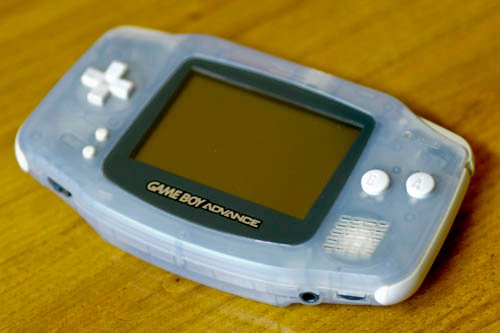
The multimedia support on which video games are based in this generation deserves a special mention. All three consoles support DVD, but the Xbox 360 also supports HD DVD reading through an external peripheral, which allows up to 51GB of capacity (triple layer) with a transfer rate of 36.55Mbps. Sony, with its PlayStation 3, has chosen the Blu-ray format with a transfer rate of 36.55Mbps.
Sony, with its PlayStation 3, has chosen the Blu-ray format with a capacity of 54GB and a rate of up to 54Mbps. Both formats were locked in a battle to be the next generation HD DVD multimedia standard.
On February 19, 2008 HD DVD was defeated by Blu-ray as in just one week almost all movie studios embraced Blu-ray and HD DVD was discarded as a format.
Genres:
A video game genre designates a set of games that have a series of common elements. Throughout the history of video games those elements that have been shared by several games have served to classify as a genre those that have followed them, in the same way that has happened with music or cinema.
Video games can be classified as one genre or another depending on their graphical representation.
The type of interaction between the player and the machine, the setting and its game system, the latter being the most common criterion to take into account.
The following list of video game genres is accompanied by a brief description and an example of each one. It must be said that it is becoming more and more common for a game to contain elements of several genres, which makes it difficult to classify them.
Beat them up:
The beat'em up or "fighting games to progression" are games similar to fighting games, with the difference that in this case the players must fight with a large number of individuals while advancing through several levels. In beat'em up it is usually possible to play two or more people at the same time in a cooperative way to facilitate my progress. This genre had its greatest boom with arcade machines and 3rd generation consoles such as NES.
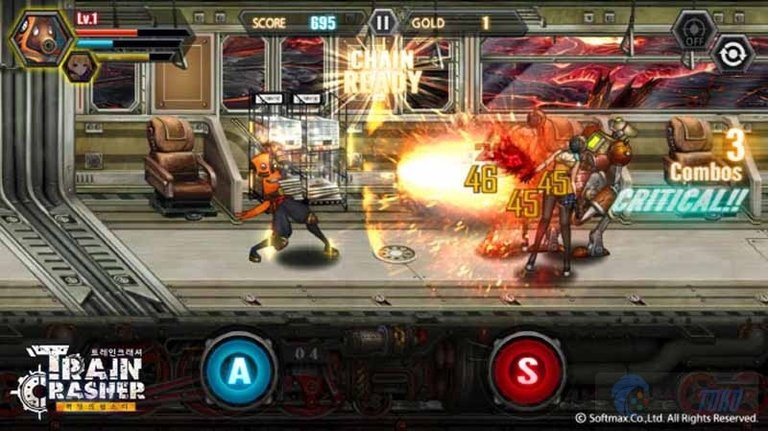
Fighting:
Fighting games, as the name implies, recreate combat between characters controlled by both a player and the computer. The player views the combatants from a side perspective, as if he were a spectator. These types of games place special emphasis on martial arts, real or fictitious (generally impossible to imitate), or other types of unarmed confrontations such as boxing or wrestling. Other games also allow the use of bladed weapons such as swords, axes, hammers, ranged attacks, usually of a magical or ethereal nature.
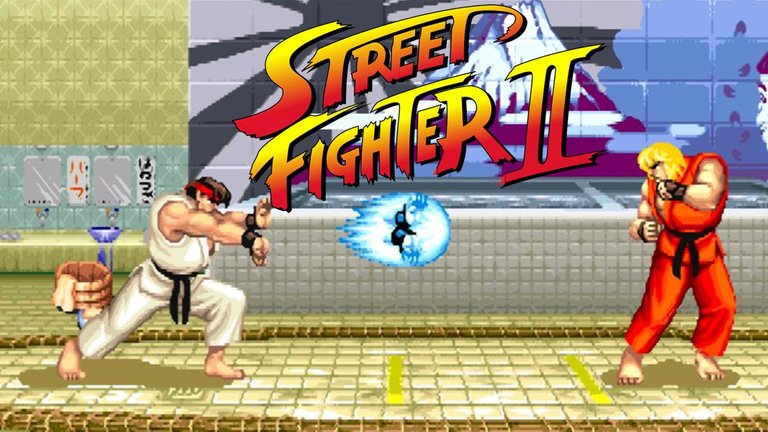
First person action games:
In first-person shooter (FPS) games, the basic actions are to move the character and use a weapon, a weapon is announced on the screen in the foreground and the player can interact with it. This perspective is intended to give the impression of being behind the hand and thus allow a strong identification (first-person perspective). Three-dimensional graphics enhance this impression.
The game mechanics (or gameplay) generally require the player to have good reflexes and precision. Some video games marked the genre, such as Doom, Half Life, Unreal, Quake.
It should be noted that certain first-person shooters such as Quake III, the famous Counter Strike or other less known games such as Soldier Front or
Day Of Defeat can only be played in Online multiplayer mode. This genre of video games has long had its pinnacle on the PC, appearing on consoles only on small occasions such as Doom or Wolfenstein.

Third-person action:
Third-person shooter games are based on altering between shooting and fighting or interacting with the environment, but unlike FPS games, they are played with a character viewed from behind and sometimes from an isometric perspective. These chers games sacrifice accuracy for the gain of great freedom of movement. Games like the Grand Theft Auto saga are some examples of this type of game. But there are also others like: BloodRayne, Beast Forces, The Heretic II, Mafia: The City of Lost Heaven, Magic Carpet. Max Payne, Messiah, Tomb Raider. The Suffering. Syphon Filter, among others.
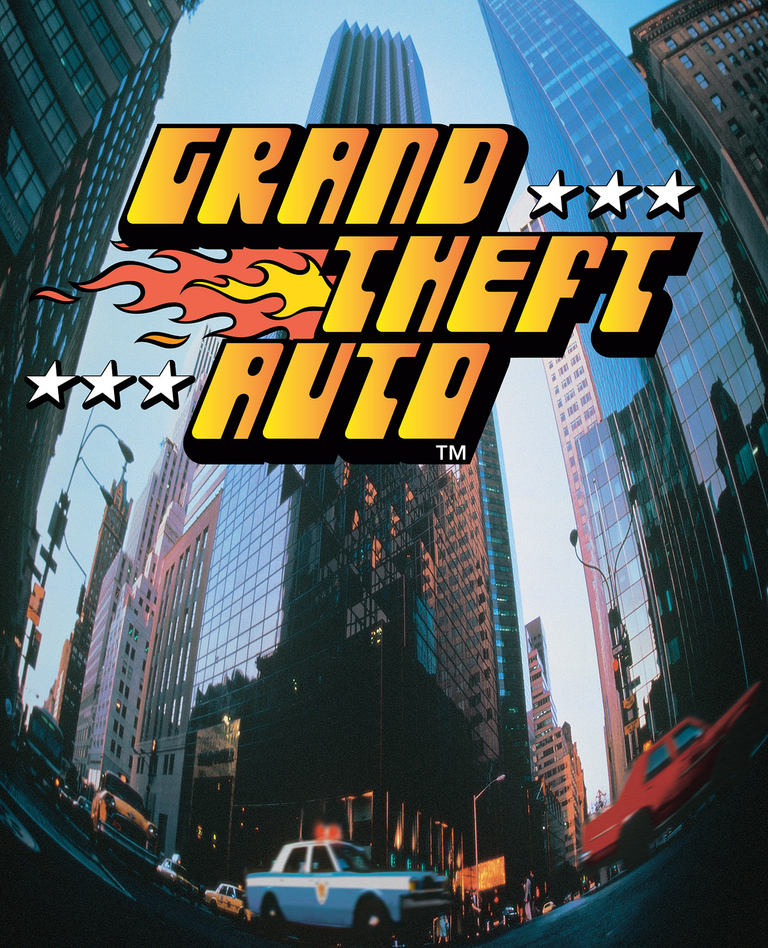
Infiltration:
Infiltration games are a relatively recent genre. Although the first installment of the Metal Gear saga, the standard bearer of this genre, appeared in 1987 the infiltration genre did not become popular until the release of Metal Gear Solid in 1998. These games are based on stealth, stealth and strategy rather than direct confrontation with enemies.
Usually infiltration games appear as a subgenre of shooting games, although we can find games like Commandos, which can be classified as both a strategy and infiltration game.

Platformers:
In platform games the player controls a character who must advance through the stage avoiding physical obstacles, either by jumping, climbing or crouching. In addition to the displacement capabilities such as jumping or running, the characters of platform games have
often the ability to perform attacks that allow them to defeat their enemies, thus becoming action games. Initially the characters moved through levels with a horizontal development, but with the advent of 3D graphics this development has been extended to all possible directions.
From the perspective change system (or "camera" movement) used in the famous Super Mario 64 (from whose technique the rest of the three-dimensional games were based later on) a real freedom of movement has been allowed in such environments.
Although this genre was very popular in the 80s and 90s, its success has diminished in recent years, especially since the introduction of 3D graphics in video games. This is largely because 3D has meant that the simplicity of development that characterized this genre has been lost.

Combat simulation:
ARMED ASSAULT A genre little taken to practice that is characterized by high realism in all relevant aspects regarding the development of the games. The maximum exponent of this subgenre is Operation Flashpoint and its sequel Armed Assault. Both are games in which the simulation is taken to the maximum expression, movement of the characters or the behavior of the weaponry try to be absolutely realistic. The first of these games has a modification called VBS1, which has been intended for tactical training of some elite corps of armies such as Armed Assault United States or Australia.
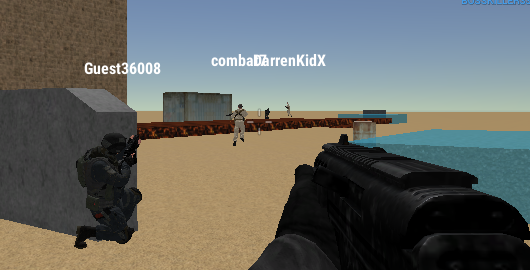
Arcade:
PAC-MAN Arcade games, are characterized by the simplicity of fast action fast gameplay, this got the glory in the 1980s era. No story required, just long or repetitive games. Space Invaders, Asteroids, Pac-Man, Missile Command, Galaxian, are notable examples of the arcade.
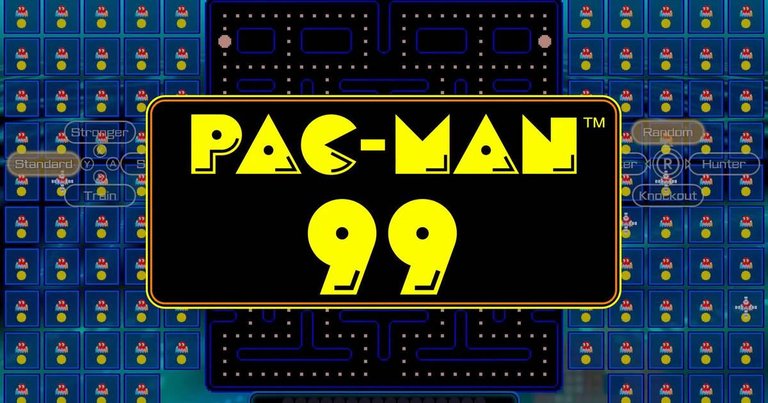
Sport:
Sport games are those that simulate real sport games, among them we find, golf, tennis, soccer, soccer, field hockey, Olympic games, etc. One of the most popular has been an alternative sport like skateboarding with Tony Hawk's Pro Skater. The player directly controls the character through the controller. The purpose is the same as the original sport, only sometimes it varies with other additions. Cases like Super Mario Strikers is an example of soccer with certain things attached.

Racing:
Mainly they are games that are dedicated to start from a point and reach a goal before the opponents. Games of this type have developed from their most common form, vehicles, to other forms such as platform games. The main idea is to compete and arrive first, and some BIG TURISAN sometimes this concept is usually extended, originating tools and traps for the race.

Mental agility:
Racing simulators accurately represent modern day racing, followed by variations in details and additions.
These are games where you have to think and sharpen your mind. The objective here is to solve exercises with progressive difficulty to develop mental ability. Games of this genre are: Brain Age, Brain Academy, Tetris. These games are relatively new and are having great success on handheld consoles.

Education:
Although formerly used only for children's games, educational Big Brain games are those that teach while promoting fun or entertainment. Unlike an encyclopedia, it tries to entertain while memorizing concepts or information. In some cases it is doubted to be a video game genre, as the concept is not very well developed.

Classic adventure:
Adventure games were, in a sense, the first video games to be sold on the market, starting with Colossal Cave Adventure in the 1970s. This type of game became famous with the Zork series games and managed to reach a certain level of popularity in the 1980s that lasted until the mid-1990s. The player played a protagonist who usually had to solve puzzles and puzzles with various objects. The first adventure video games were textual (text adventure, conversational adventure or interactive fiction). In these, the player uses the keyboard to enter commands such as "catch the rope" and the computer describes what happens. When the use of graphics became widespread, textual adventure games gave way to visual ones (e.g., with images of the actual location), which replaced those with graphics but still used text input. In addition, there is still a community of active authors and players of interactive fiction.
The use of text descriptions had become almost superfluous. These adventure games Colossal
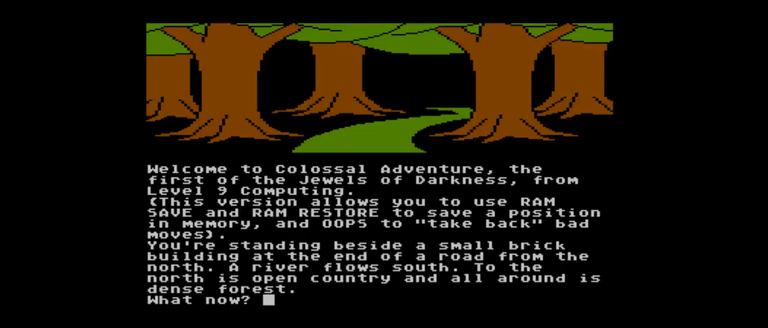
Graphic adventure:
In the early 1990s, the increasing use of the mouse gave rise to "point and click" adventure games, also called adventure games, in which it was no longer necessary to enter commands. The player can, for example, click with the pointer on a rope to pick it up.
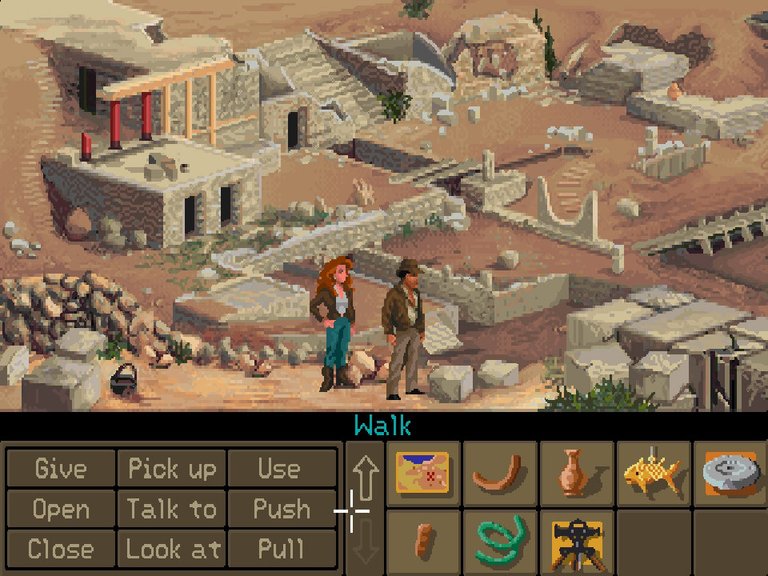
In the late 1990s, this type of game suffered a significant loss of popularity, to the point that some predicted the death of this type of video game. However, in 2005, adventure games experienced a comeback with titles such as The Moment of Silence, The Black Mirror, Sherlock Holmes: The Silver Earring or NiBiRu: Age of Secrets. The great adventure games of history include titles such as Day of the Tentacle, the King's Quest series, the Leisure Suit Larry series, the Broken Sword series, the Gabriel Knight series, the Police Quest series, the Space Quest series and the Monkey Island games. Monkey Island
Musical:
Their development revolves around music and different forms of expression. The most successful cases are Guitar Hero where, using a guitar as a controller, players imitate Rock melodies and hits. Games based on karaoke, such as Singstar, have also been very successful. Finally, there have also been developed games where what is rewarded is the movement, the dance as Dance dance Revolution. Examples: Karaoke: Singstar (PlayStation), Lips (XBox 360), Boogie (NDS, Wii, PS2) or Karaoke Revolution (PS2, PS3, Wii, Gamecube, XBox, XBox 360).
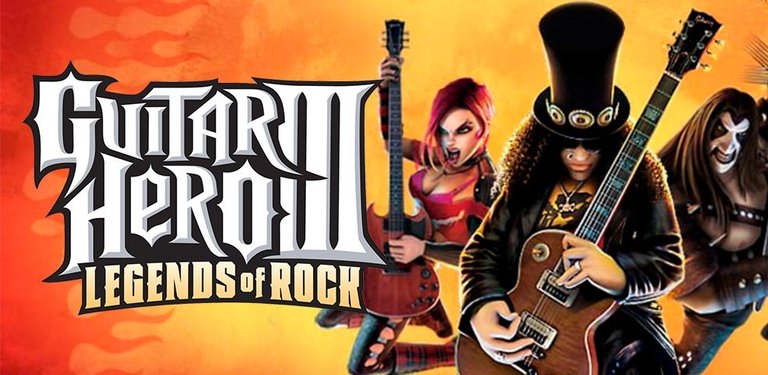
Musical instruments: Guitar Hero, Rock Band, Donkey Konga, Wii Music or Sessions. Dance: Dance Dance Dance Revolution. Pump It Up, B-Boy. Others: Bust a Groove, beatmania. Elite Beat Agents. Electroplankton or Space Channel 5. Osu! Tatakae! Quendan.
Party Games:
In this genre the players have to advance by turns through a virtual board and overcome several tests of very different types in which they compete against each other to reach the goal as soon as possible, or to get as many points as possible. Some examples are:Mario Party, Sonic Shuffle Tweety and the Magic Gems, Viva Piñata Party Animals.

On-Line Games:
On-line games are a point apart, given that they are not very widespread in Spain in relative terms. It is interesting to note the data highlighted by Bernete (2007), from the Spanish Association of Entertainment Software Distributors and Publishers (ADESE), according to which in 2006: "what participants like most in this type of game is the possibility of socializing (68.4%), playing with new people (23.8%) and competing or confronting others (9.8%)". This is due to the fact that chatting is simultaneous with gaming. It is likely that the lack of interest in online gaming in Spain (although it is growing) is due to purely linguistic difficulties (many use English as a language of communication), so it should be considered that as the Spanish-speaking population of Habbo Hotel connected increases (or as the knowledge of English increases among the population), this modality should be extended. If so, it would create an offer that would largely meet the tastes of girls.
In January 2007, and according to data collected by the London newspaper The Independent, a list was made of the 20 most successful sagas in the history of video games. However, with the release of new installments of several of these series, the list will have changed. Piracy could also hide real data, as these are only the original games sold.
Piracy did not enter the world of video games in a forceful way until the introduction of CD as the main format, both on consoles and home PCs, due to its easy copying.
If we add up the 20 most successful sagas, we have 1,123 million copies sold.

Mario Bros: 193 million units. 2. Pokémon: 155 million units.
The Sims: 100 million units. 4. Final Fantasy: 68 million units.
Sonic The Hedgehog: 64 million units. 6. Grand Theft Auto: 51 million units.
Madden NFL: 48 million units.
Donkey Kong: 47 million units.
The Legend of Zelda: 43 million units. Gran Turismo: 44 million units.
Lineage: 43 million units.
Dragon Quest: 41 million units.
Crash Bandicoot: 34 million units. Resident Evil: 31 million units.
James Bond: 30 million units.
Tomb Raider: 30 million units.
Megaman: 26 million units. 18. Command & Conquer: 25 million units.
Street Fighter: 25 million units.
Mortal Kombat: 25 million units.
Congratulations @gruslys! You have completed the following achievement on the Hive blockchain and have been rewarded with new badge(s) :
Your next target is to reach 50 comments.
You can view your badges on your board and compare yourself to others in the Ranking
If you no longer want to receive notifications, reply to this comment with the word
STOPCheck out the last post from @hivebuzz:
Support the HiveBuzz project. Vote for our proposal!
excellent explained the history of video games, some things I already knew but there are others that I liked to learn, the world of video games is something incredible and we should be thankful because it exists, thanks to it we can live unique experiences, and I am totally sure that in the future we will live even better.
This post appears to be plagiarized, and therefore stolen, from this article: https://en.calameo.com/read/006072875baff249c4e7d
Post will be muted until further notice, or explanation is given.
I really don't see the plagiarism, I didn't know about the existence of this page, and this is from a PDF I made several years ago in Spanish and translated into English.
I'll point out a few example.
From your post:
In 1958 William Higginbotham created, using a trajectory calculation program and an oscilloscope, Tennis for Two: a table tennis simulator for the entertainment of visitors to Brookhaven National Laboratory.
From the article:

From your post:
In 1966 Ralph Baer began to develop, together with Albert Maricon and Ted Dabney, a video game project called Fox and Hounds, giving birth to the home video game. This project would evolve into the Magnavox Odyssey, the first home video game system launched in 1972 that connected to the television and allowed playing various pre-recorded games.
From the article:

From your post:
At the end of their particular crisis, the North Americans continued the path opened by the Japanese and adopted the NES as the main video game system. Throughout the decade, new domestic systems appeared, such as the Master System (Sega), the Amiga (Commodore) and the 7800 (Atari), which enjoyed different levels of popularity depending on the region, and games now considered classics such as Alexey Pajitnov's Tetris.
From the article:

I could point out more.
I get your point about scientific data and that history can't be rewritten. I do however find it to be to big of a coincidence that you and the author of this article are using the exact same words in so many of your paragraphs.
The author of this article is Juan Villegas. Your name is Julian. Or do you mean to say that Juan has stolen this article from you in the first place?
I had not really seen it, but if you want I can pass you the PDF which is a work which I did for a group of friends of the university of Barcelona which has as original language the Spanish, and dates from 2008.
Did you translate the PDF your self or did you use a program for it?
Yes! Use the deepl translator, would you like me to send you the PDF? Sorry, the power was out
We found the original Spanish article from the university: https://www.fib.upc.edu/retro-informatica/historia/videojocs.html#:~:text=Los%20inicios,OXO%2C%20desarrollado%20por%20Alexander%20S
No credit to any Julian: https://www.fib.upc.edu/retro-informatica/credits.html
You said you wrote this in 2008. You wrote a 5000 word article when you were 12 years old?
Without counting it is obvious that in scientific data there will always be coincidence, because these are recorded in a way, to alter them is to change history. Therefore, there must be coincidence in some things